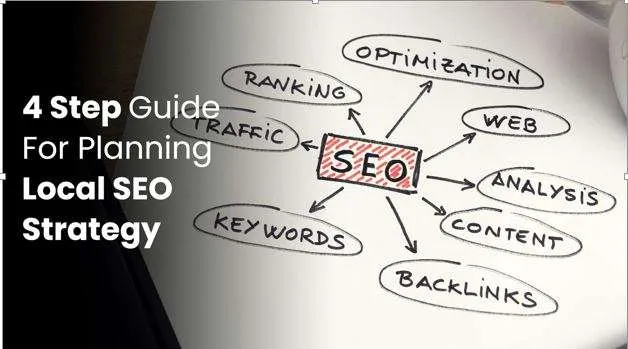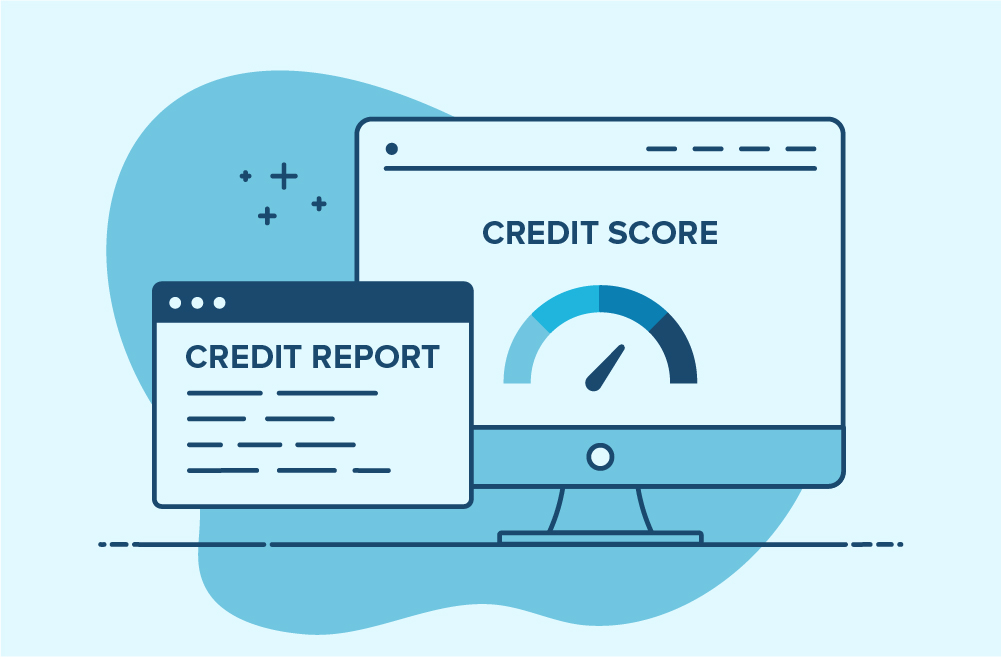Local SEO is an important marketing strategy for businesses trying to attract new clients. Local searches account for 46% of all Google searches. If you’re a local business and your local SEO isn’t in order, you’re missing out on a potential customer every time someone looks for your products or services online.
It’s crucial to have an SEO plan since it keeps you on the path when creating content. Rather than assuming what people want, your strategy shows that you create content that people want. Small businesses that accept the challenges of local SEO and develop a local SEO service strategy for their company begin to see their local rankings improve, resulting in more clients and sales.
This guide will help you plan a local SEO strategy for your business to increase local search traffic. Let’s get started.

1.Optimize Your Website For Google My Business
Because Google prefers to supply content it can trust and verify, and Google My Business has become the epitome of local search. Google My Business is a service that can assist your company in meeting Google’s standards.
Filling out your Google My Business profile is a good place to begin. This demonstrates to Google that you are a truly local business, and it provides Google with the information it requires to begin displaying you in local searches. This is also how you’ll start showing up in Google’s local search results, which can be a big traffic source for local businesses.

2.Optimize Your Website
It will be difficult to climb the SERPs if your website is not properly optimized. Adding location pages to your website is one method to do this. Because the goal of local SEO is to make it simpler for people to locate you, it’s important to include a map, especially because 86 percent of people use Google Maps to seek up a business’s location.
You can also make your website mobile-friendly. A phone call is made in 76 percent of local searches. If someone visits your website on a mobile device and wants to call you, they may be disappointed to learn that they must switch between apps to manually type in your phone number. So, ensure that your phone number is clickable.

3.Create Local Content
Content is incredibly crucial when it comes to local SEO ranking factors. The quality of content for local SEO is the same as for standard SEO, except that local content is created for topics that your local customers are interested in learning about.
Write articles that will benefit and assist your readers in some way. Aim to establish yourself as a reliable source in your field. Include local events and news, which will help your SEO while also providing relevant information to your audience.
As the search engine rankings of your blog rise, so do the search engine rankings of your website. Make sure to incorporate local city and neighborhood names wherever possible when creating the posts. Because not everyone will search using your city’s name, make sure to add nearby towns and cities, neighborhoods, and unofficial phrases that residents may use.

4.Build Citations
Citations are references of your company’s name, address, phone number, or website on the internet, even if there isn’t a link to it. Citations are extremely important for the success of your local SEO campaign because they account for 11% of local pack-ranking metrics.
Double-check that the name, address, phone number, and website URL are correct and identical on each citation you create.
Google and Bing search the web for citations to authenticate or update the information in their own indexes. You may assist the search engines by listing your company on sites such as Yelp and Hotfrog. Make time and resources to ensure that your company is listed in as many relevant and high-quality local business directories as possible.
Final Words
Local
















